1
Steph W. from SEOPressor


👋 Hey there! Would you like to try out this New AI-Powered App that'll...
...help you check your website and tell you exactly how to rank higher?


71
score %
SEO Score

Found us from search engine?
We rank high, you can too.
SEOPressor helps you to optimize your on-page SEO for higher & improved search ranking.
By winniewong on October 7, 2015

So you’re about to start a new blog on your company website. If you’re already thinking about your new blog, then you’re probably aware that having a blog is pretty important to the success of your website.
But do you know how important it is? Let me tell you – it is really important! Your blog is going to be the basis for all of your content marketing – and as you’ve probably heard from one place or another, content is king!
If you are able to leverage your blog effectively, then there’s a strong possibility that you’ll end up boosting the exposure of your company’s brand, establishing your company as an authority within your industry, increase your website traffic and increase your customer base. And that’s just the tip of the iceberg! However, in order to accomplish all of these feats, you’re going to have to make sure that you’re running your blog properly.
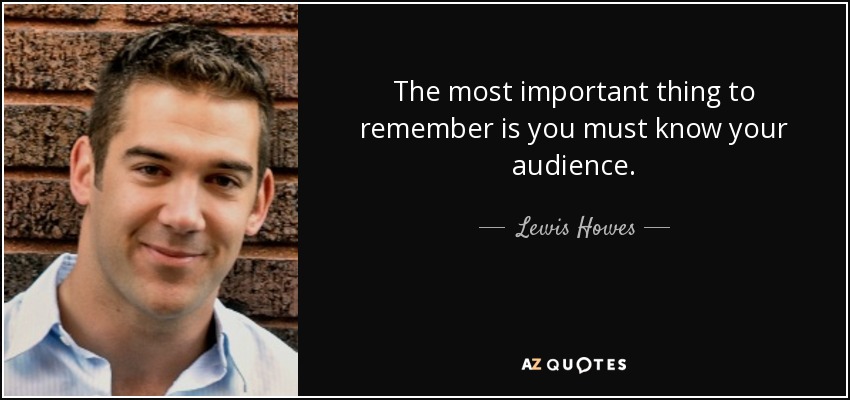
Many new bloggers will begin churning out content without regards to their audience. As long as they feel that it’s somehow relevant to their brand, they assume that it will be what their audience wants.
This isn’t a great way to go about writing your blog content, mostly because if you aren’t writing for a specific audience, you’re basically not writing for any audience at all.
This is one of the reasons why it’s so important to identify your buyer persona before you begin writing content. A buyer persona is a fictional character that’s representative of your core audience. Buyer personas include information such as gender, age, profession, financial standing, education, buying habits, goals and needs.
Once you’ve identified your buyer persona (and keep in mind, you can have more than one), you’ll have a much better idea of who you are writing for, which in turn will make your content much more effective at connecting with your audience.

This can be a little bit more challenging than you might think. There are two main types of content – evergreen content and trending content.
Trying to figure out whether to write evergreen content or trending content can be a bit tough.
Keep in mind that trending content can help boost your freshness score, which Google uses in order to provide relevant content to its user queries.
Ideally, it’s a good idea to write a little bit of both; however, it largely depends on the kind of blog you are writing.
For example, it makes no sense to write evergreen content for a sports blog, whereas evergreen content makes more sense for a blog about DIY home remodeling projects.
While creating evergreen content shouldn’t be too difficult if you know anything about the industry that your blog is based in, crafting trending content can be a bit more challenging. We recommend using Google Trends or Buzzsumo. The following is a quick overview of how you can use these two tools:
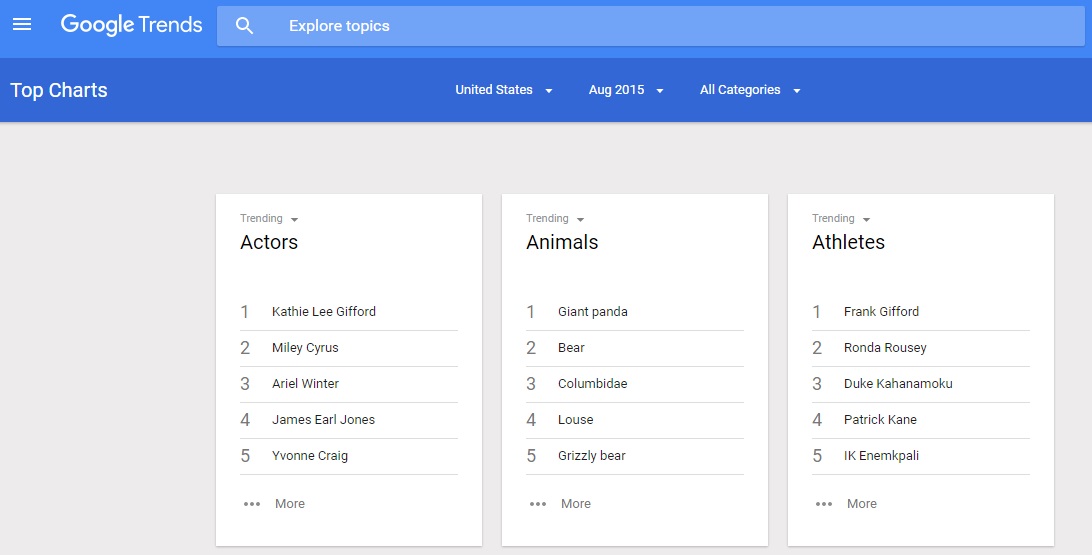
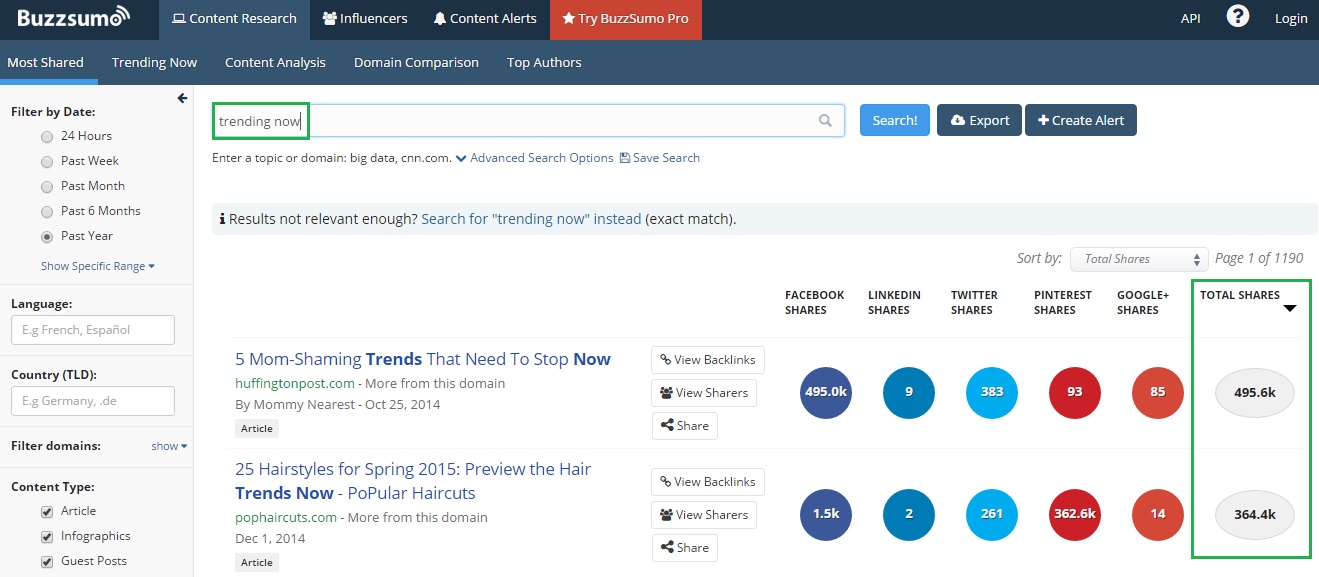
Buzzsumo


So we just explained how trending content is something you should strongly consider writing (unless your blog focuses primarily on evergreen content). But let’s go into a little more detail on why consistently publishing content that is current, relevant and fresh is important to SEO. Google assumes that its users are looking up content that is relevant.
When someone does a search for “movie times,” Google isn’t going to pull up the movie times for December 1st, 1975.
Why would anyone want this information unless they asked for it specifically?
This is why Google emphasizes current content. There are numerous factors that Google takes into account, including how often your website is updated, the dwell time of your visitors, the amount of links you earn over time and the freshness of the content linking to you.
But how does fresh content perform so much better than evergreen content?
Besides helping achieve a higher freshness score, which influences your PageRank, fresh content has less competition than evergreen content, and it is aimed at more highly focused traffic. However, it is only for a short period of time and once the event is over, the traffic will drop or probably zero as time goes by. Therefore, in order to retain that kind of highly focused traffic and the freshness score, you’ll need to consistently put out new, fresh content.
Long-tail keywords are keywords that are made up of three or four words. They tend to be much more effective than regular keywords that are only one or two words long. This is especially true for small businesses. The reason behind this?
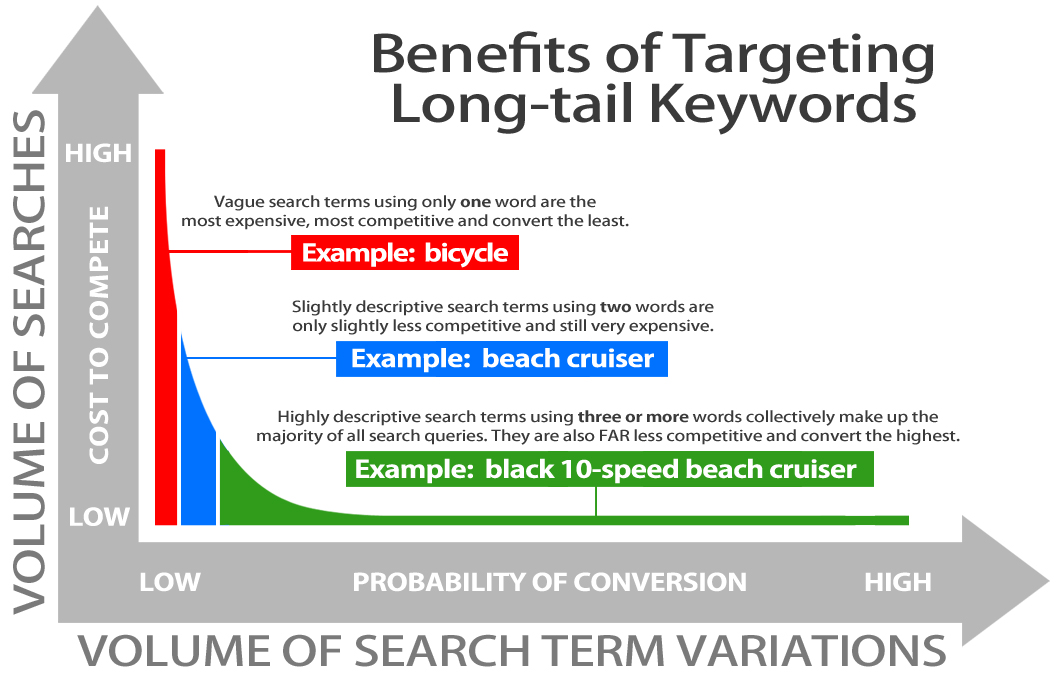
As you can see from the diagram above, regular keywords are going to be incredibly difficult to rank for because they are very expensive and highly competitive as well.
For example, if you are trying to rank for the word “bicycle”, can you imagine how many businesses you would be competing against?
However, if you opt for a long-tail keyword, such as “black 10-speed beach cruiser,” it narrows that competition down. Not only are you not competing against as many businesses, which means you’ll rank higher, you’re also targeting a more specific audience, which means the traffic you’ll be attracting will be much higher in quality.
So how exactly can you go about finding long-tail keywords for your blog?
You can start using the auto suggest feature on Google’s search engine. Simply type in a keyword and it will suggest some of the more popular long-tail keywords for that keyword.

or Google related keyword
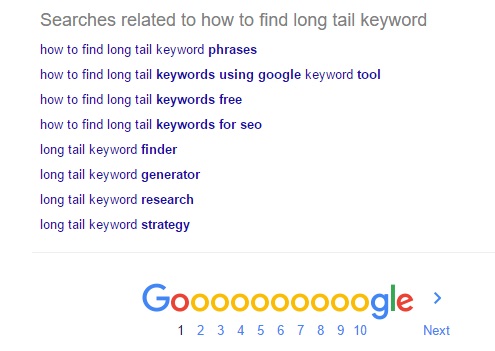

One of the most important goals of your blog should be to connect with your readers. To do this, your content has to not only be informative and valuable, it also has to be personable.
You need your readers to relate to your brand, which means your blog can’t sound like it was automated – there has to be some personality behind it. A blog post that reads like an encyclopedia entry is going to bore your readers, not to mention that it won’t help your blog stand out from your competition.
One way to avoid this is by being more conversational. Write in the second person and address your readers directly. Writing in the third person isn’t exactly forbidden (if you’re trying to get across a sense of professionalism, then it can work), but it can result in your blog sounding a little distant to your readers. Writing in the first or second person will make it easier for readers to engage with you since you’ll be engaging with them.
When creating a voice for your blog, you need to keep your target audience in mind.
For example, if your target audience is professional men between the ages of 45 and 55, then using teenage vernacular that’s popular at this time isn’t going to be a good way to connect with your audience. Knowing your audience will help you to develop a unique and consistent voice and an appropriate personality for your blog.

While using some personality in writing your blog will go a long way in achieving a more readable blog, there are a number of other ways you can do this as well. First of all, make sure that your blog posts aren’t pages upon pages of text. While they don’t necessarily need to be short (longer content can be more involving for your readers and often leads to more sharing), you don’t want them to look like college essays either.
You can avoid this issue by making sure that you break up your text using:
These elements will make your blog posts much more easier on the eyes and also provide your readers with the opportunity to scan your post quickly to see what it is about.
Another excellent method for breaking your text and to increase your reader engagement is by using some powerful visual content. Visual content, such as infographics, meme, photographs and etc, also make it easier for readers to understand what your blog post is about by just scanning it.
Not to mention that visual content will draw the reader in since humans are naturally more attracted to visuals than text. It’s not difficult to find high-quality images for your blog either – there are tons of websites out there that provide free high resolution images, such as Unsplash and Death to Stock Photos, to name a few.
Related article:
Starting a blog tends to involve a lot of trial and error, especially when it comes to things like coming up with unique subject matter on a regular basis, figuring out how often to post to your blog, how to create blog content that is shareable and more. Instead of going through an entire trial and error process, do a little research on the blogs that other businesses within your industry have.
Let say if you wanted to know more about what kind of “visual that can increase higher social engagement,” you can always perform a little research on that and see what are some of the results that appear.
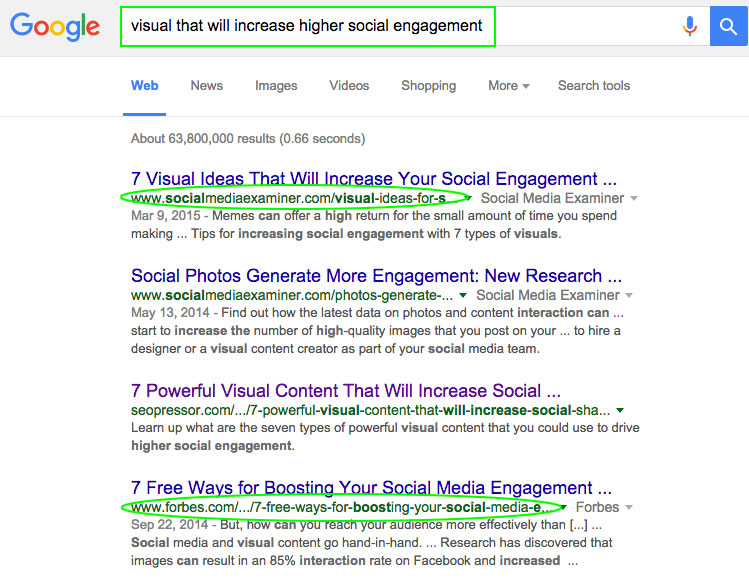
Go through some of the more popular blogs that have been around for a while to see what they do in terms of what works. You can get an idea of how much you should post in order to engage with your audience without starving or spamming them with content as well as what type of content your target audience seems to gravitate to the most.

Knowing who the influencers and experts are within your industry can be extremely useful. First of all, you can use their blogs as sources for your own content. Mentioning them and linking to their blog is a great way to provide additional value to your readers as well as provide your own blog content with an extra layer of legitimacy. You should always backup any data or information that you provide your readers with sources from authority websites anyway so it doesn’t seem like you’re pulling numbers out of thin air like 60 percent of all bloggers do (that’s actually not true – we pulled that number out of thin air).
Linking back to authority websites run by influencers and experts can also help to build a relationship with these influencers and experts. They’ll notice that you are using them as sources and that you are sending them your readers. They may return the favor by linking to your blog, which will help to boost your PageRank as well as bring in more high quality traffic to read your blog. A relationship like this could result in some of these influencers and experts creating a guest post for your blog. You could even be asked to write a guest post on one of their blogs, which is an excellent way to improve your reputation as an authority yourself and to increase your blog’s exposure.

To get visitors to click on your blog posts, you’ll need to make sure that your headlines are catching their eye. An effective headline will arouse the reader’s curiosity while still giving them an idea of what the blog post is about. The following are a few tips that will help you craft effective headlines for your blog content:

Unfortunately, just because you build it does not mean that they will come. It doesn’t matter how good your blog content is – if you aren’t promoting it, then nobody’s going to be reading it.
The following are a few ways that you can promote your blog content:
At the end of your blog content, you’ll want to add a call-to-action that encourages readers to opt-in to your email list. However, good content will only go so far in building a relationship with your readers – you’re going to have to give them a reason to want to opt-in. So give them one! Create an irresistible offer for opting in, such as a free downloadable eBook or a special discount on one of your products.
Example 1:

Example 2:

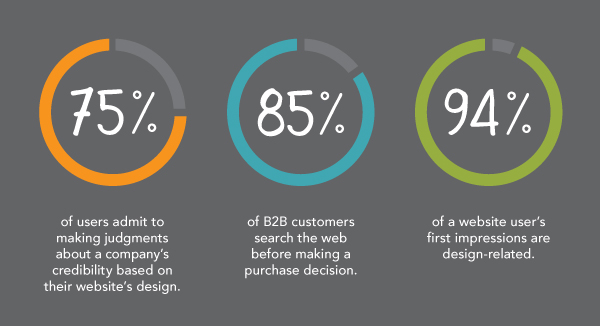
When it comes to the Internet, people do judge a book by its cover. The aesthetic of your blog as well as the overall design of your website have a huge impact on visitors. Your blog should make use of a simple and elegant design that’s not cluttered with a million different fonts and colors. Obviously, you don’t want your design to be bland, but going overboard with your design elements can make visitors feel overwhelmed, to the point where they are distracted from what’s important – your content.

Go through every blog page and optimize it in order to improve your search engine rankings. This means using high quality keywords (such as long-tail keywords) throughout your content, including titles, H1 and H2 tags, Image name and ALT attributes, anchor text and more. Keep in mind that Google takes into account backlinks and social signals as well.
Try using our SEOPressor SEO WordPress Plugin to help ensure your content is properly optimized. Our plugin will scan through your webpage and provide you with an overall SEO score as well as a keyword density number. It will even give you suggestions for how to improve your content’s optimization!
Last but not least, don’t ignore your meta descriptions. Meta descriptions may not have the impact on search ranking that they once did, but this doesn’t mean that they are no longer important. Meta descriptions provide users with a brief description of what your blog is about, which can help to improve your click-through rate on Google’s search result pages – so spend some time crafting strong meta descriptions for your blog pages.
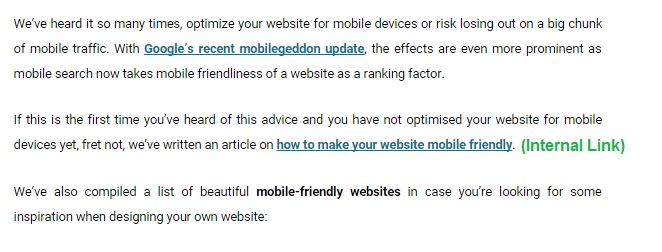
Internal links can actually help improve your SEO. This is because linking to other relevant pages on your website, such as other blog posts, will keep readers on your website for a longer period of time. This means that your dwell time goes up, which is a metric that Google’s algorithm takes into account when ranking your page.
Below are some of a few good reasons as to why you need to have a proper internal linking:
Making sure a blog is mobile-friendly is not even an option anymore because it has now become a necessity for every business or website owners if they want to stay ahead of competition and to ensure the success of their businesses.

As you can see from the diagram above, the total number of mobile searches has exceeded the desktop searches somewhere in the beginning of 2014 and the number is expected continue to grow.Besides, Google’s most recent algorithm update rewards websites that are mobile-friendly by ranking them higher on mobile search. Not to mention that a large percentage of your readers will most likely be viewing your blog from their mobile devices, which means that you’ll want to make sure it’s properly displayed and easy to use for mobile users – otherwise they’ll exit your blog as quickly as they entered it.
Related article:

You need to focus on building your email list on the first day your blog goes live. Sign up to an autoresponder such as MailChimp or Aweber so that readers that opt-in will receive an introductory email immediately. Your email list is important since you can use it to nurture your leads as well as drive traffic back to your blog.
Related article:
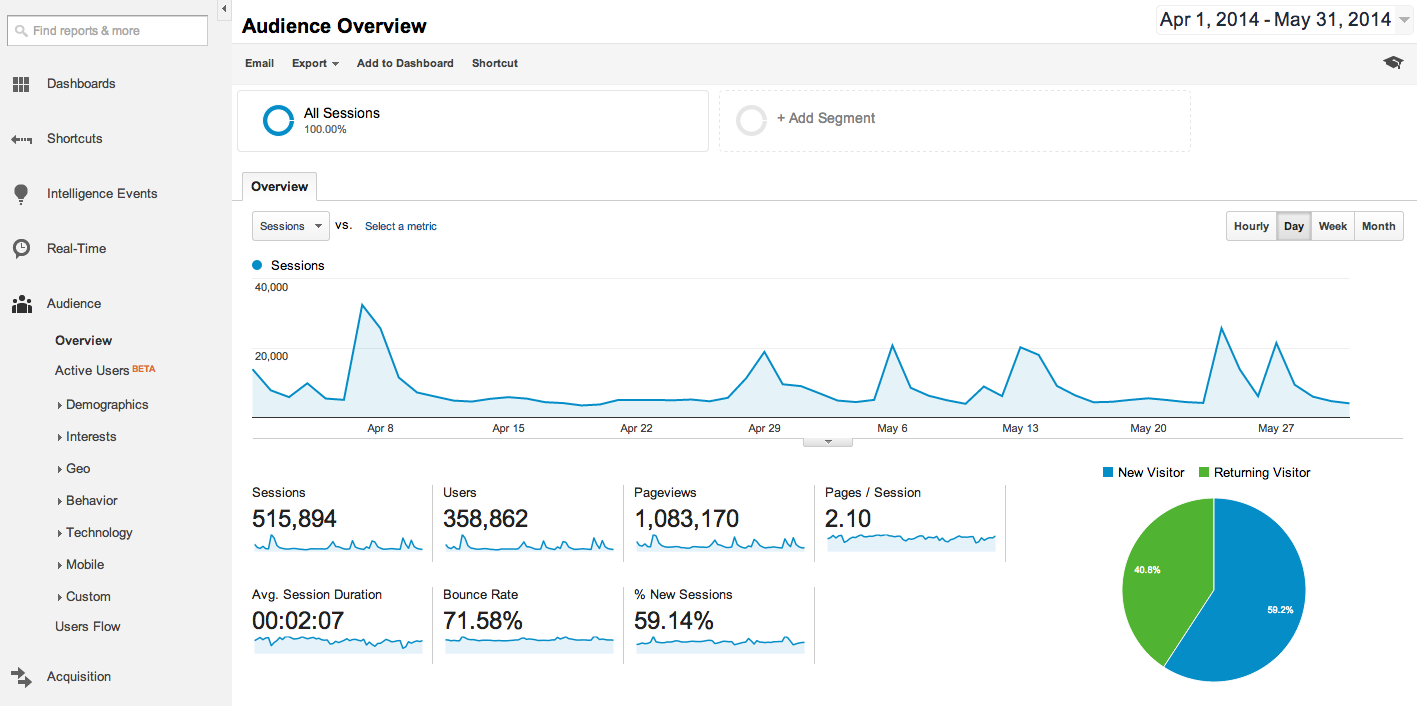
You need to know how effective your blog is in order to make adjustments to your content strategy. Use something like Google Analytics in order to keep up with important metrics, such as bounce rate, dwell time, page visits and more. These metrics can tell you a lot about your blog’s performance as well as the general health of your website.
If you’re new to blogging, then it can be a little overwhelming as you get a hang of it all.
However, these 17 tips should help you to not only create effective blog content, it should help you run your blog successfully as well.
Updated: 11 December 2024


Save thousands of dollars (it’s 100x cheaper)

Zero risk of Google penalty (it’s Google-approved)

Boost your rankings (proven by case studies)
Rank High With This Link Strategy
Precise, Simplified, Fast Internal Linking.
